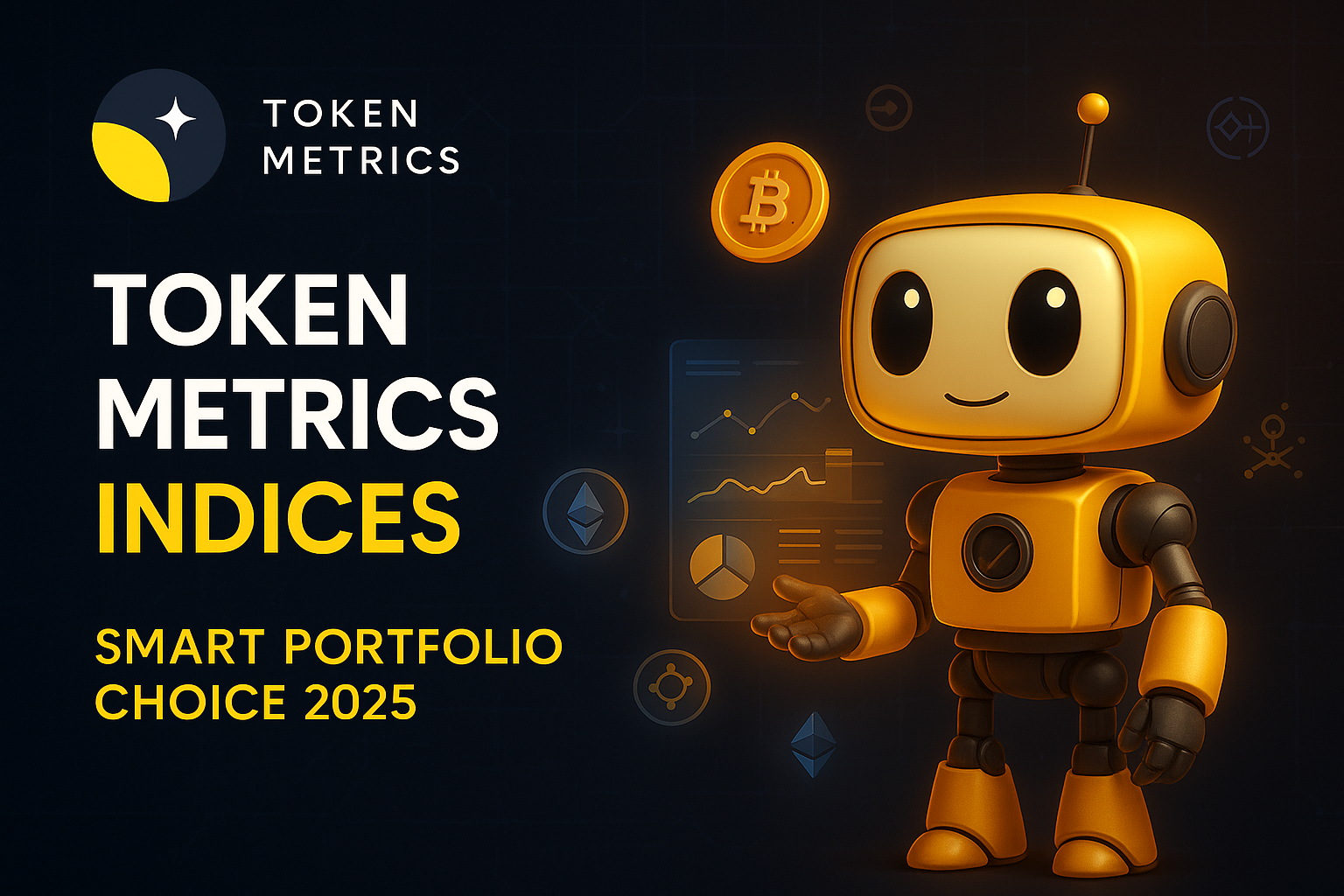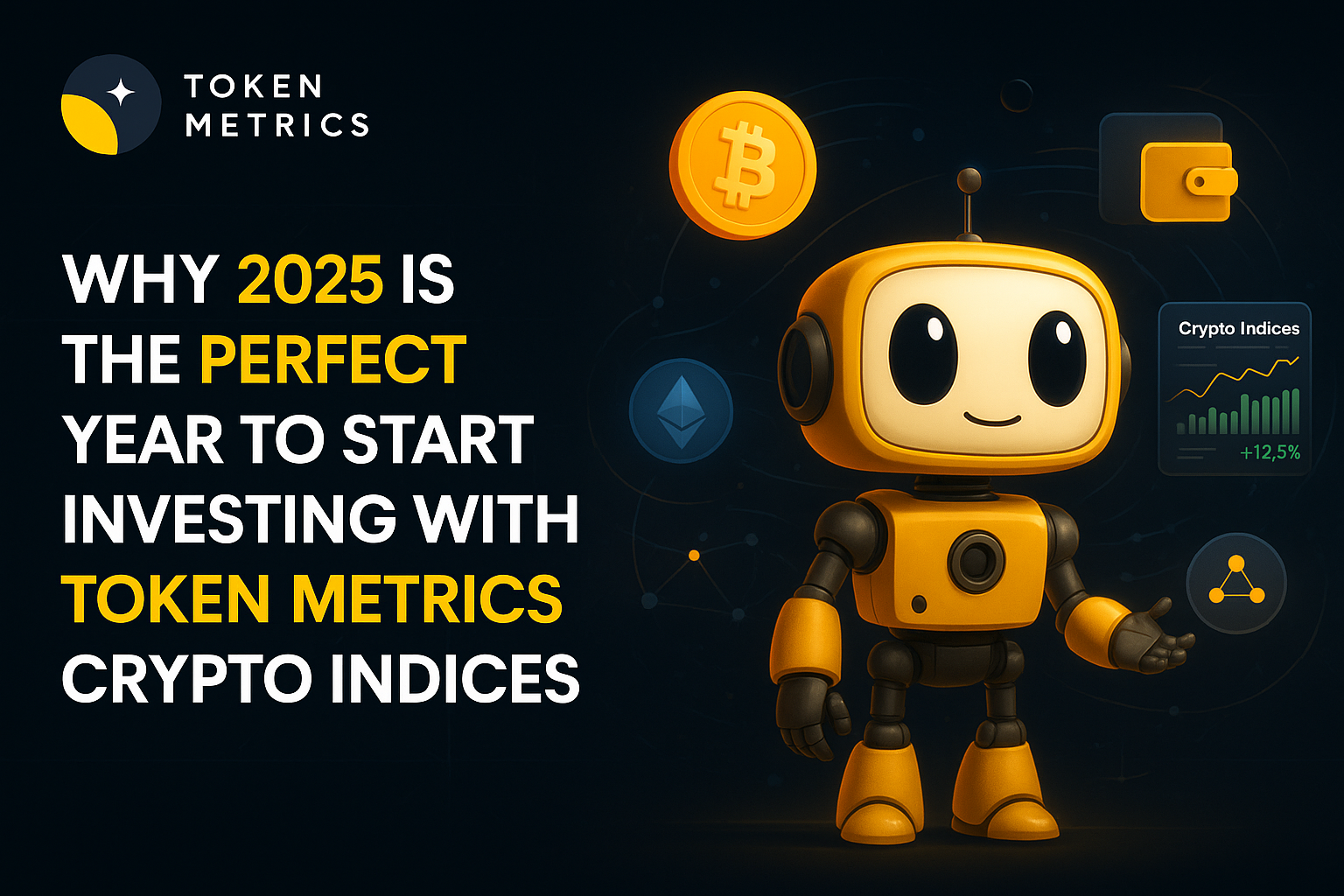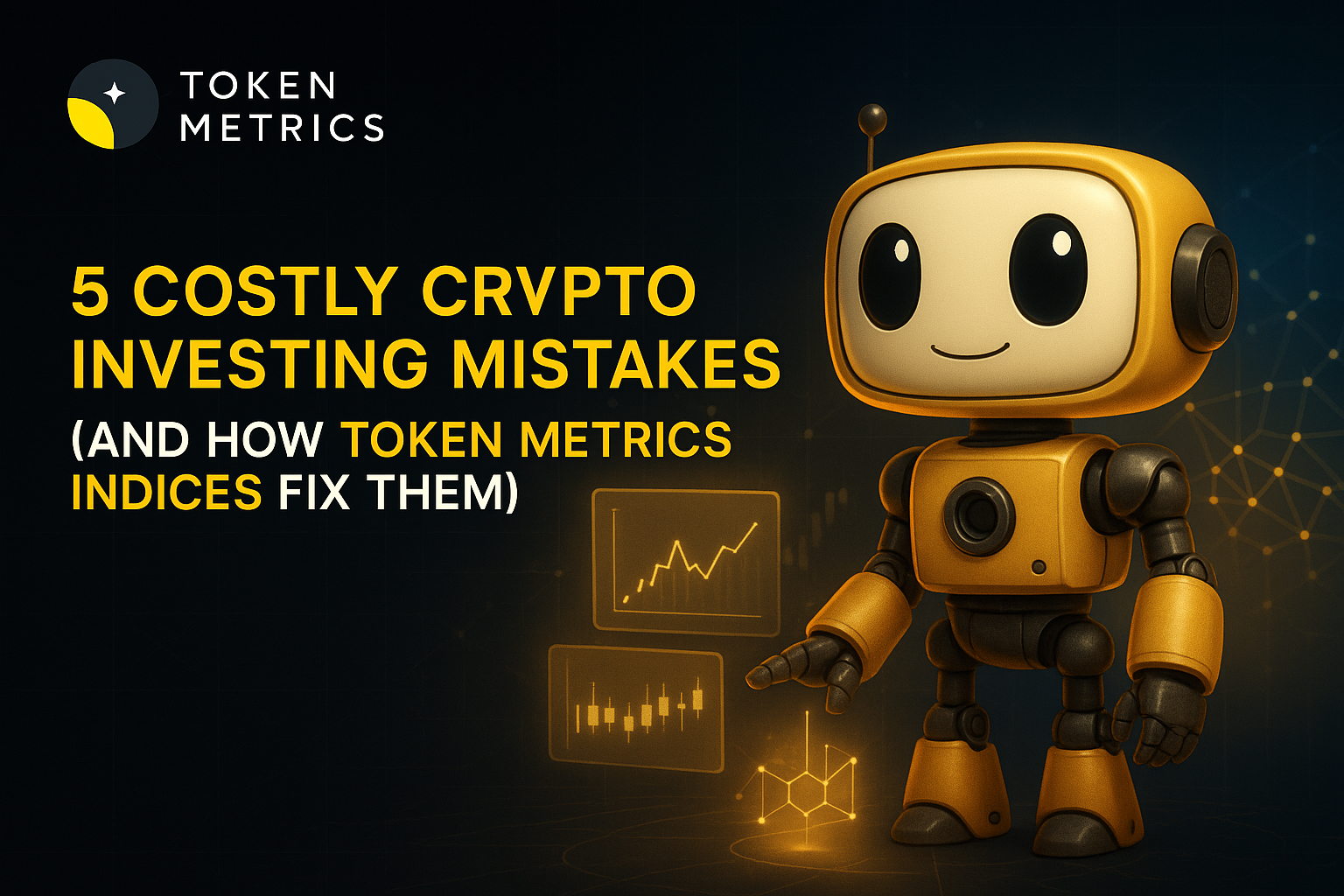
NFT Market Crash - Insights for Investors and Artists

The NFT market, once hailed as the next big thing in the crypto world, has experienced a dramatic rise and fall in a relatively short period. NFTs, or non-fungible tokens, are digital assets that represent ownership of unique items, such as art, music, or collectibles, on a blockchain.
They gained significant attention in 2021 and 2022, with high-profile sales and celebrities jumping on the bandwagon. However, recent studies and reports indicate that the NFT market has crashed, leaving many wondering what went wrong.
The Initial Hype and NFT Bull Run
The story of the NFT market begins with a wave of excitement and hype. In 2021, NFTs captured the attention of artists, collectors, and investors alike. The promise of owning unique digital assets authenticated by blockchain technology sparked a frenzy of buying and selling.
Projects like Bored Apes and CryptoPunks gained popularity, with some NFTs selling for millions of dollars. The market peaked in monthly trading volume, hitting approximately $2.8 billion.
During this period, celebrities and athletes joined the NFT craze, further fueling the hype. NBA Top Shot, a platform that offers NFTs representing moments from basketball games, garnered significant attention and attracted high-profile investors. The NFT market seemed unstoppable, with prices skyrocketing and headlines dominated by record-breaking sales.
The NFT Market Crash: A Harsh Reality
However, the euphoria surrounding NFTs was short-lived. Recent studies and data analysis have revealed a grim reality for the NFT market.
According to a report by dappGambl, a significant majority of NFT collections, approximately 95%, now have a market cap of zero ETH. Most NFTs are essentially worthless, leaving millions of people holding assets with no value.

The study also found that 79% of all NFT collections must still be sold. The surplus of supply over demand has created a buyer's market, further dampening enthusiasm for NFTs.
Even among the top collections, a significant portion is now considered worthless, and most NFTs are priced at a modest range of $5 to $100. Deals worth millions of dollars, which were once common, have become few and far between.
The Pitfalls and Challenges of the NFT Market
The NFT market crash can be attributed to several factors and challenges that have plagued the industry. One of the primary challenges is the need for more quality and originality in many NFT collections.
As the market became saturated with a flood of new projects, the uniqueness and artistic value of NFTs diminished. Many NFTs were simply copies or variations of existing works, lacking the creativity and authenticity that collectors seek.
Furthermore, the speculative nature of the NFT market played a significant role in its downfall. The hype and FOMO (fear of missing out) drove prices to astronomical levels, detached from the assets' actual trading history and value.
This disconnect between listed prices and actual sales has created a pricing bubble that has burst, leaving many investors and collectors disillusioned.

Another challenge the NFT market faces is the need for precise regulations and standards. The legal and regulatory landscape surrounding NFTs is still evolving, with different countries and jurisdictions having varying rules and guidelines.
This lack of clarity creates uncertainty for creators, consumers, and regulators, hindering the growth and stability of the market.
Lessons Learned and the Future of NFTs
The NFT market crash serves as a sobering lesson for investors and artists. It highlights the importance of critical thinking and due diligence when participating in emerging markets.
Investors should be cautious and discerning, evaluating the quality, originality, and long-term potential of NFTs before making purchases. Conversely, artists should focus on creating unique and meaningful works that resonate with collectors rather than chasing trends and quick profits.
NFT Market Crash: Can It Recover?
Despite the crash, the concept of NFTs still holds potential for the future. The underlying technology and the ability to verify ownership and authenticity through blockchain remain valuable.
However, several key steps must be taken for the NFT market to regain its footing.
1. Firstly, industry-wide standards and best practices should be established to ensure transparency, authenticity, and quality in creating and trading NFTs. It includes guidelines for verifying the provenance of digital assets and protecting against plagiarism and fraud.
2. Secondly, the NFT market needs to address the issue of oversaturation and low-quality offerings. Curators, platforms, and collectors should focus on nurturing and supporting artists who produce original and meaningful works. This approach will help restore the value and credibility of NFTs and attract genuine interest from collectors.
3. Collaboration and partnerships between artists, platforms, and traditional institutions, such as galleries and museums, can help bridge the gap between the digital and physical art world. Integrating NFTs into established art ecosystems can enhance accessibility and appeal to a broader audience.
4. Education and awareness initiatives are crucial to dispel misconceptions and demystify NFTs for the general public. Providing resources and information about NFTs, their benefits, risks, and legal implications can help build trust and understanding.
5. Finally, the NFT market should strive for sustainability and environmental responsibility. Exploring alternative blockchains and energy-efficient solutions can mitigate the environmental impact associated with NFTs, addressing concerns over excessive energy consumption.
Potential Use Cases of NFTs
Authentication of Digital Property - Non-fungible tokens serve as a verifiable proof of possession for various digital items, ranging from art and musical compositions to multimedia content.
By leveraging blockchain technology, NFTs can significantly diminish the incidence of unauthorized copying and distribution, thereby fortifying the intellectual property rights of content creators.
Interactive Gaming Experiences - In gaming, NFTs introduce an element of actual ownership over in-game assets, such as unique equipment, avatars, or exclusive content.
This ownership can enhance the gaming experience by adding layers of customization and investment in the game world, potentially increasing player retention and satisfaction.
Asset Ownership in the Metaverse - Within the burgeoning metaverse, NFTs play a pivotal role in acquiring and establishing property rights over virtual real estate and items.
Users can purchase, develop, and exchange these assets, fostering a dynamic economy and community within virtual environments.
Conclusion
In conclusion, the NFT market crash has revealed the pitfalls and challenges of the industry. While many NFTs may currently be worthless, there is still potential for the market to recover and thrive.
By addressing issues like quality, regulation, and sustainability, the NFT market can rebuild itself and offer artists, collectors, and investors a platform to participate in the digital economy. The lessons learned from the crash should serve as a guide for a more sustainable and responsible future for NFTs.
Disclaimer
The information provided on this website does not constitute investment advice, financial advice, trading advice, or any other advice, and you should not treat any of the website's content as such.
Token Metrics does not recommend that any cryptocurrency should be bought, sold, or held by you. Conduct your due diligence and consult your financial advisor before making investment decisions.

.svg)

Create Your Free Token Metrics Account

.png)




%201.svg)
%201.svg)


%201.svg)









.svg)




.png)